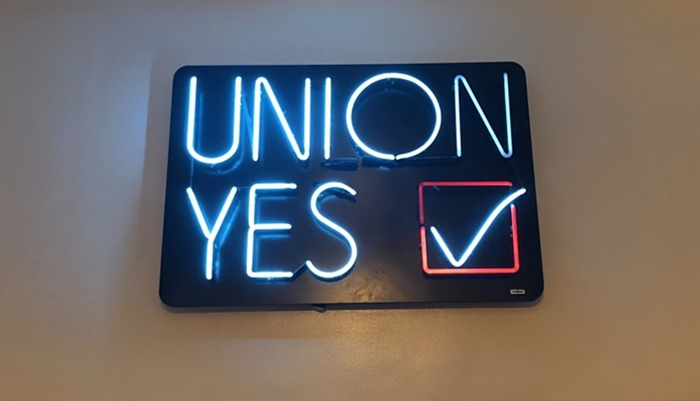Why did some of the major local news networks fail to notify their viewers about the blatant conflict of interest? Is this a vast conspiracy involving payoffs and shady deals? More likely, the problem wasn't noteworthy to the frantic news editors at the networks, because it happens all the time. In the fast-paced environment of the broadcast newsroom, stations are increasingly reliant on fast-food news. This comes in the form of anything from reports funded by corporations, like the Microsoft study, to outright news pieces made by the corporations themselves. Called VNRs, or video news releases, these corporate-produced news spots are a common reality in the newsroom, and according to one employee at KIRO, they are used "multiple times a day." John Stauber, author of Toxic Sludge Is Good for You, estimates that at least 10,000 VNRs were used last year.
The system of VNRs typically works like this: Companies hire P.R. firms or satellite news services to produce VNRs to hype a new product. The story is then sent up electronically via a rented satellite, and the information is beamed down to any equipped news organization in the world (like KOMO) upon request. Networks are alerted every single day, usually by fax or personal phone call, about what's available. The best part for the stations is they get the feed for free; quite an incentive for a deadline- and budget-driven entity like news production. Furthermore, the average VNR will look better than most videos, because it's top quality -- paid for by corporate dollars.
VNRs are created by public relations firms like Ketchum P.R., Hi-Impact TV, or Oribus. They could consist of harmless stock footage, or B-Roll as it's called, in the form of pill bottles rolling down the assembly line (for a pharmaceutical story) or cars driving in traffic (for a story on pollution). Or they could be something devious, like a 90-second piece complete with a "reporter," some respectable industry "experts," and a glossy presentation all ready to air. Matt Bley, a representative for Hi-Impact TV, a VNR company, says, "You gotta balance it out between giving the company what they want, and still making it look like a credible news broadcast."
Critics, like Stauber, are concerned that television and the emerging technology of web broadcasts are becoming increasingly reliant on these readily available "satellite news feeds," in place of real news. Beyond the obvious bias of the corporate-bankrolled news of the Microsoft study, there is the more fundamental problem of access. When only wealthy corporations can afford $25,000 (Bley's estimated cost for a VNR) to create their own news, or fund their own studies, what happens to the people who can't?
Moreover, the messages that the corporations are getting aired are not always obvious propaganda. In fact, they're often insidious. For example, a recent satellite feed, circulating for weeks, was about a study claiming that whole-grain foods help prevent diabetes. The feed gave examples of how consumers can get their whole-grain foods from breads and cereals. But throughout the background of the broadcast, visual images of Wheaties and Cheerios rolled by. To their credit, local stations chose not to air it.
Ultimately, legitimate questions are raised in a system that requires big dollars to participate, and it's the responsibility of the networks and reporters to level the playing field with disclosure. That way, the average citizen can put the information in context. With the increasing reliance on satellite technology, and with broadcasters failing to identify the sources, news organizations like KOMO are doing everybody -- including themselves -- a disservice by eroding their own credibility.


















